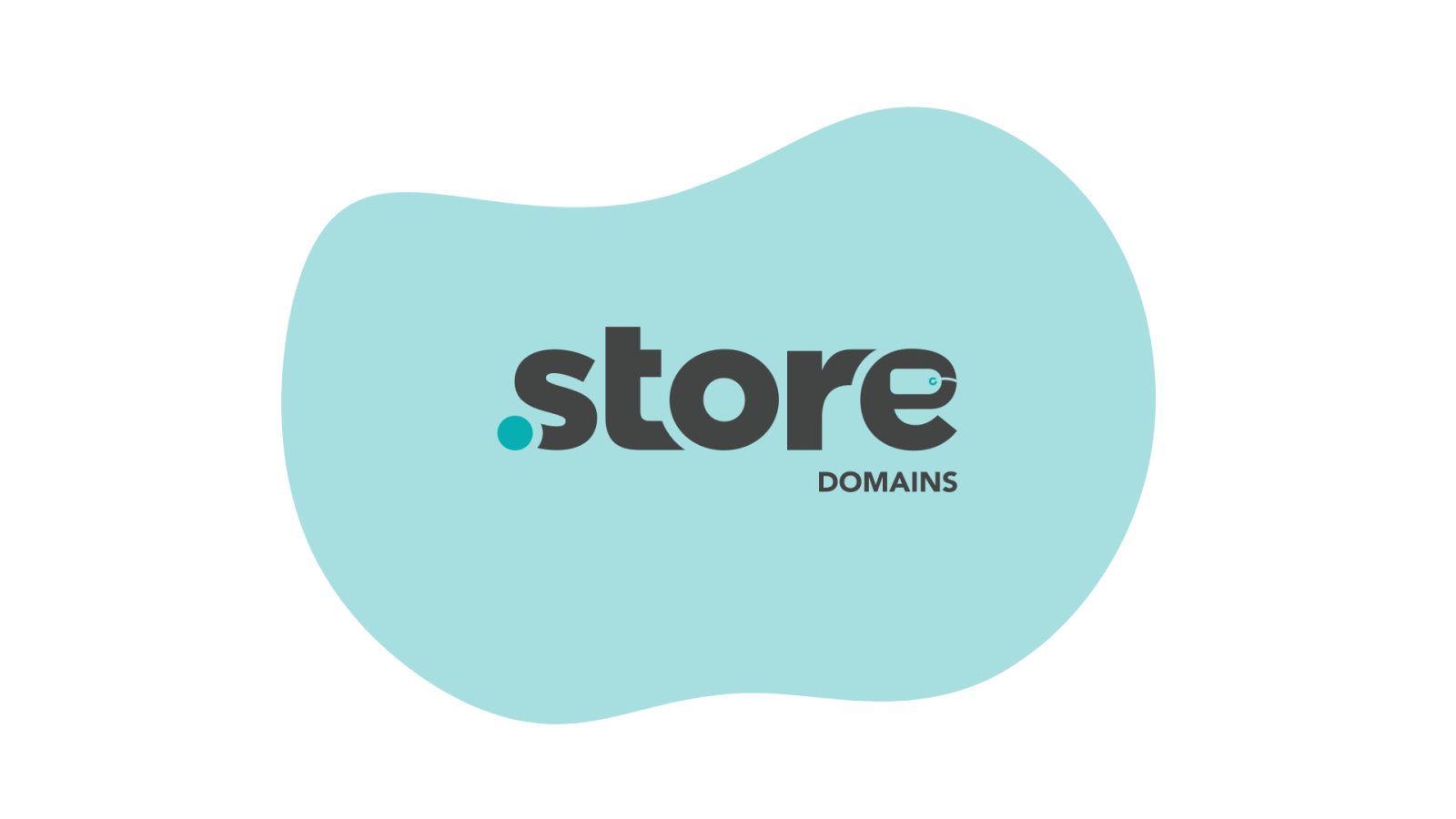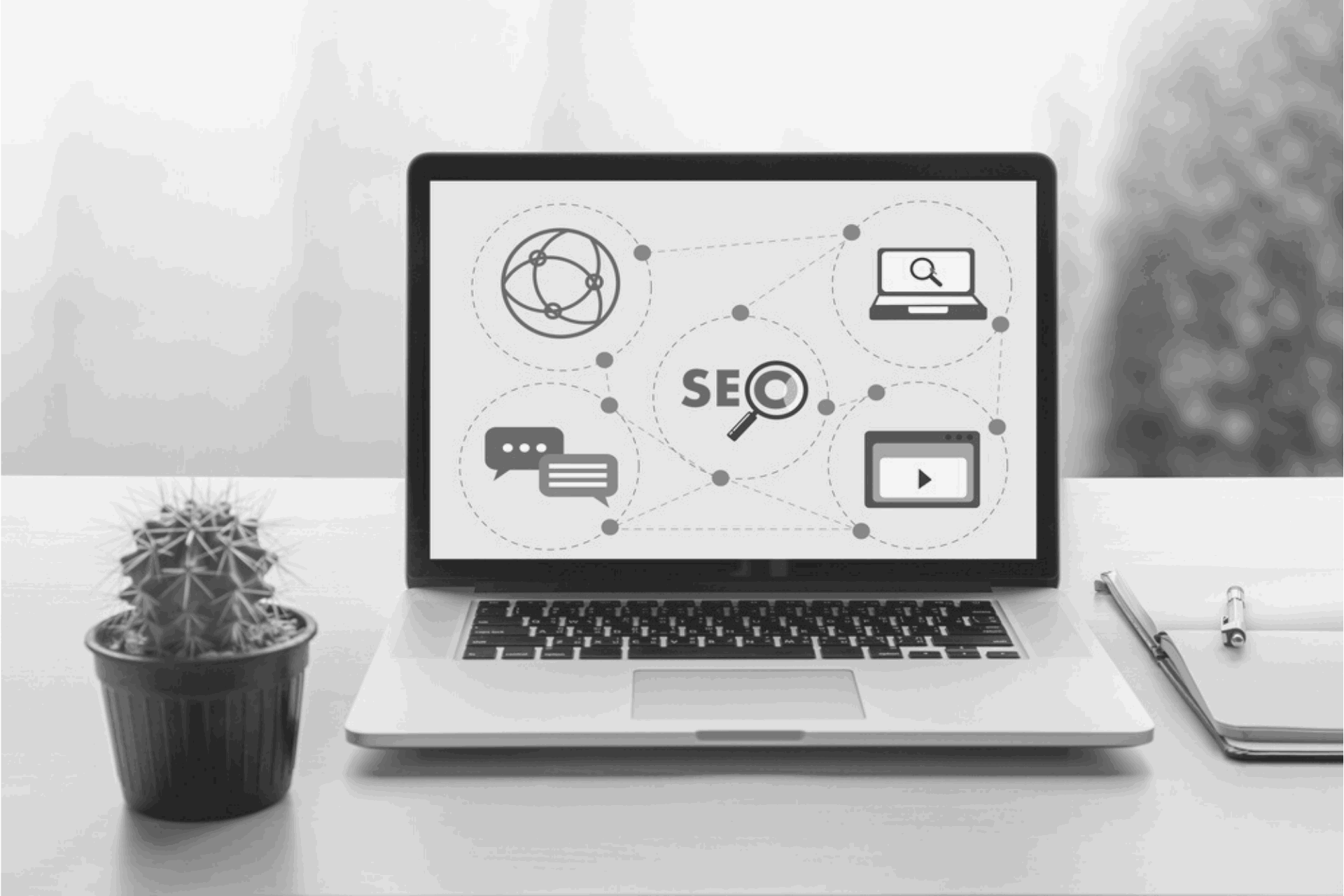Starting an online store has become a lucrative option for new-age entrepreneurs and existing brick-and-mortar store owners. The benefits of having an online store range from easy access to online store builders, to the ability to reach a larger audience. But building and sustaining a successful online store that bests your competition and keeps customers coming back costs money. It’s better to know the financial commitments you’re getting into before you start working.
Whether you know how to create an online store or are entirely new to the field, theses 5 top indicators will determine how much your online store would cost to build.
#1. What will you sell?
The most important thing that affects your online store costs is the products you intend to sell. Some products are more expensive to sell than others. It costs more to sell physical products than services. For one, physical products require inventory and delivery management. But they also affect how you build your online store. You will need to go into greater detail while describing the product, upload images and possibly videos, which means you need to develop an e-commerce website that accommodates all those features.
Physical products will also require an online store builder with an inventory management system unless you plan to drop ship your products. If you already have a brick-and-mortar store and have an inventory system in place, you need a platform that integrates that system.
#2. How will you build your online store?
With today’s advanced eCommerce store builders, you don’t need to be a master of website design to build an e-commerce website. Platforms like Shopify and BigCommerce offer enough ready-to-use and customizable templates and a large number of add-ons to set up an online store with no prior knowledge of website building.
But the more add-ons you use, the more expensive it will be to build an e-commerce website. Even with that in mind, ready-to-use platforms will save you time as well as money which wouldn’t be the case if you outsource the job to an expert.
Most online stores opt for using an online store builder to create their online store. Shopify alone is used by 1.75 million merchants and has 1.59 million live websites. Using such platforms is cost-effective and time-saving. It will help you focus on other essential aspects of running a business.
#3. What domain name are you choosing?
Your domain name is to your online store what a banner is to a brick-and-mortar store. It establishes your identity and helps people recognize and differentiate you from other stores.
Every online store needs a branded and premium domain name. But in the vast universe of the internet, finding a domain name of your choice is like finding a needle in a haystack. The cost of domain names ranges widely from as little as $10 to thousands of dollars. This cost depends upon availability, domain extension, brand value, the pricing set by the registrar, among other factors. For instance, a domain name such as abc.com will cost more than abc-company.com because it has more brand value. Domain names on traditional extensions such as .com, .net and .org will always cost more than new ones.
A useful tip for upcoming businesses is to opt for branded domain names that use new extensions such as .Store. They cost a lot less than their traditional counterparts, and afford you a chance to acquire a domain name of your choice without diluting your brand. For instance, thisismystore.com may not be available, but thisismy.store may be. Moreover, it also makes for a more meaningful domain name, communicating to someone that you’re an online store as soon as they come across your website.
#4. How will you design your online store?
User experience is of utmost importance when conceptualizing your online store. The more attractive, on-brand and user-friendly your website design, the better the likelihood of visitors becoming repeat customers. Most e-commerce builders provide a range of free and premium themes that are included in your cost or need to be purchased.
However, no design will offer you everything you need. Apart from basics such as catalogs, payment options, and SSL certificates, you may want to take your online store’s user experience to the next level or use add-ons that make it easier for you to manage your store. For instance, you may want to create a more realistic shopping experience with personal virtual assistance or VR-enabled product trials. You may want to include in-depth videos to provide product information. You may want to include slick animation and design elements to make your website more engaging. On the back end, you could use an add-on that automatically calculates shipping costs based on location and product weight.
Mobile e-commerce should be an integral part of your digital strategy. Apart from a responsive e-commerce website, you may want a mobile app that makes it easier for mobile users to buy from your store.
It’s impossible to implement everything at once. Still, it’s worthwhile to think about the user experience you envision for your online store, as that will help you manage your business budget better.
#5. What shipping options will you provide?
Entering the competitive world of eCommerce, you want to serve as many customers as possible. The entire premise of eCommerce is to be unhindered by physical boundaries. Big players like Amazon and eBay are already offering worldwide shipping at minimum costs.
As a new store, you don’t have to offer worldwide shipping right away. Shopping local has come back in a major way during the pandemic as local stores pivot to online and customers become mindful of the need to help them stay in business. A low-cost local delivery system can help in establishing your brand in your city or neighborhood. It will also save you from passing along the delivery cost to your consumers. Locally, you can hire delivery drivers, outsource delivery to a third party, or use the local mail service. The first two options will cost you more but ensure faster delivery. Local mail is low-cost but takes 1-2 business days.
The delivery cost will also depend upon the weight of the product you are shipping. You can pass along some of these costs to the customer, but be aware that high shipping charges are a big turn-off for online shoppers. A middle-ground option most e-retailers use is the minimum order amount. Where free shipping can be offered when an order exceeds a certain price to justify its delivery cost.
Keep the delivery aspect in mind when estimating how much your online store costs. Focus on keeping yours, and your customers’, shipping charges low.
Conclusion
A successful online store fits your budget and also exceeds customer expectations. There’s no limit to how much you can improve your user experience. The key is to get the basics right and work your way up as your marketing budget expands. Always opt for themes and tools that allow you to customize so you can make the necessary changes when the time comes.
These have been the 5 factors to use when determining how much an online store would cost to build.







